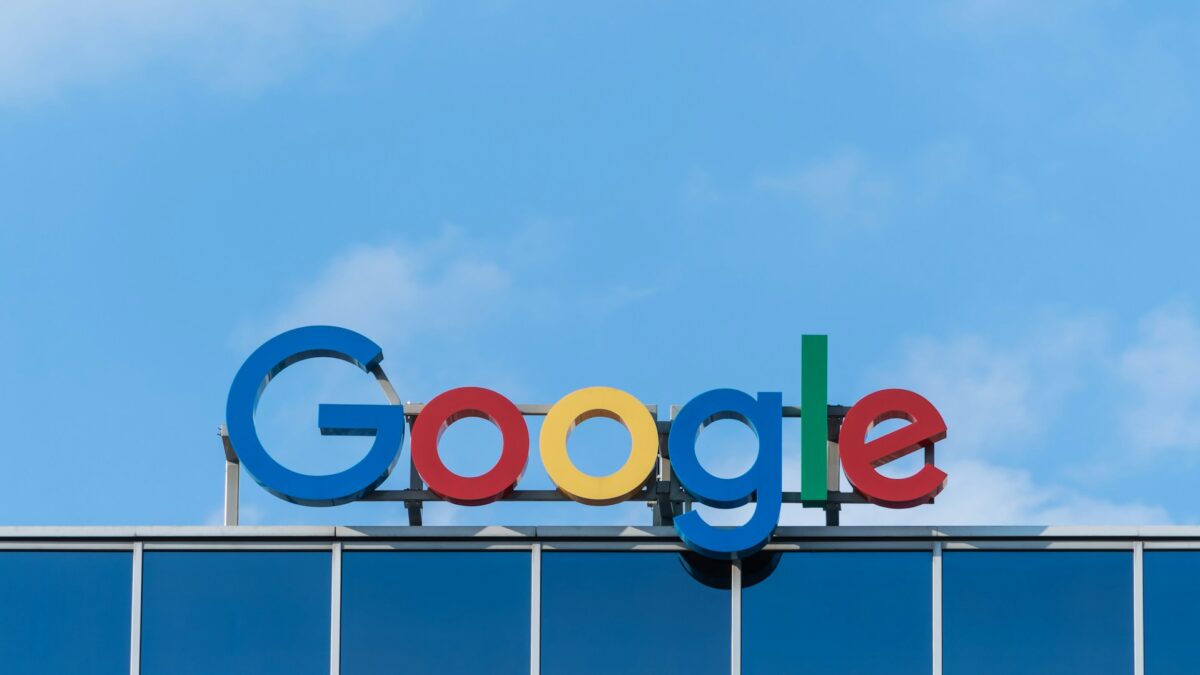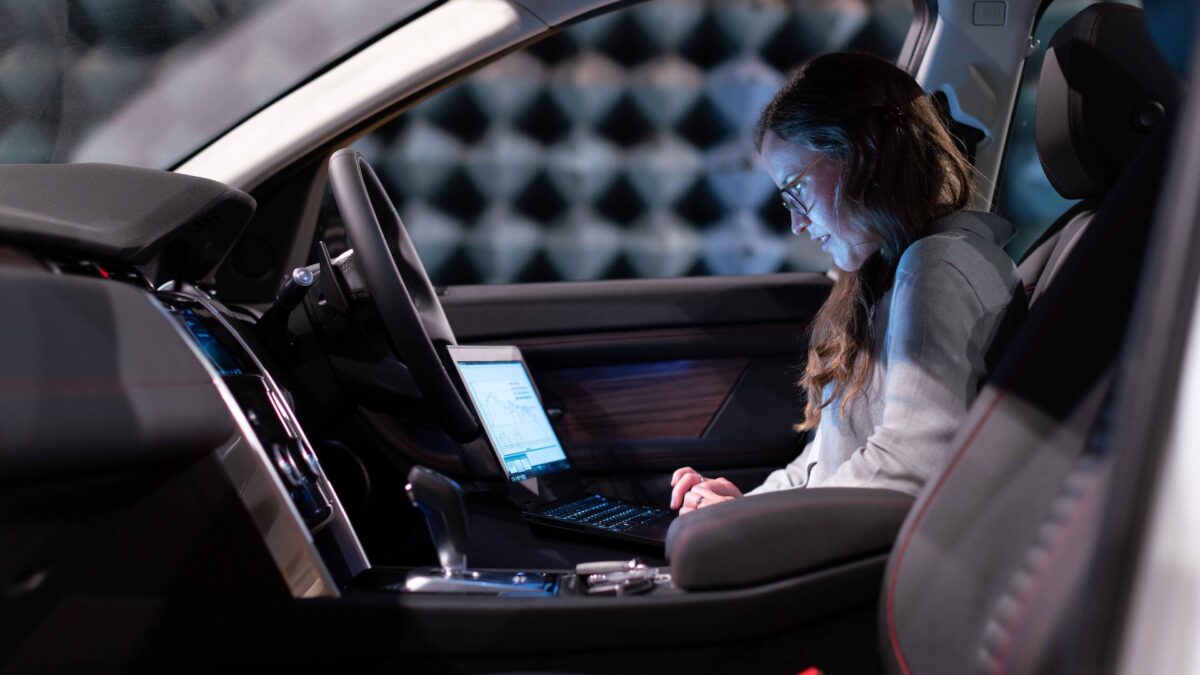
The tree at Rockefeller Center is eighty years old and 78 feet tall. It weighs ten tons. It is wrapped in a 45,000 multi-colored lights, in strands of wire five miles long. It blinks and winks and sparkles, surrounded by a mass of people made larger by the mild weather and a shopping season that has seen more willingness to spend than other recent years. They mill about the base of the Norway Spruce in their groups, all of them with black mirrors in hand, many of them wielding selfie sticks like neutered lightsabers which, when crossed by accident, give off a loud *clack*.
They congeal into close knit poses, pause and smile, then adjust and smile again, and again, and again. Then they will begin the laborious process of selecting the right filter, the correct tilt shift, the right accouterments for a truly successful entry in the pantheon of you.
There is nothing all that wrong with selfies, as such. They are just a documentary act, at heart – a record of where you have been, what you have seen, the things you have eaten and drunk, the friends and lovers you have had, the family you wish you saw more often. People have been taking pictures of these things since photography was invented. They just do so with more frequency today.
But there’s another difference, too. In an era when the ability to capture a still life or one in motion is in your pocket at all times, people have a tendency to do so with a different approach. They put themselves in the foreground of existence, which inevitably means putting life behind them. It requires you to look away from the thing you wish to capture in order to put your face in the shot, and to do so over and over and over again. No stranger would willingly stand there snapping away at you, so you need a stick to ease the challenge – it eliminates the human interaction and increases the options and angles you can use.
In front of the tree, a young couple – the man in high end flannel, the girl with oversized glasses – have spent the past ten minutes with their backs to the lights, trying the selfie stick at different angles, their faces forming into oddly posed smiles every few seconds. They concentrate on constructing the imagery of life around them, seeking the perfect balance of themselves and the locale.
And who can blame them, when every status update is an opportunity to brand or to fail? When your primary daily subject is yourself, failure to capture you at your best is more significant.
“When a girl posts an unflattering selfie, or just a selfie that makes her look uncool, other girls will take screenshots to save the image and gossip about it later. Happens all the time. And so even though they’re old hands at posting selfies– they’ve been posting since sixth grade– it can be nervous-making to post one. So they take precautions.
‘We all ask people before we post it, like send in like a group chat, or like, send to your friends, like, should I post this? Do I look pretty? And they say, like, all the same stuff that they would say in a comment. Like, oh my god, yes, post it. Like, you’re so pretty. You’re so perfect. So like…’
‘And so it’d be like you run it by like four or five friends.’ … ‘Like someone just texted in a giant group chat, go like my photo on Instagram. It just shows that it happens every—It happens every second.’ ‘It’s like I’m– I’m a brand, and I am like—You’re trying to promote yourself. The brand. I’m the director of the– ‘And you’re the product.’ ‘You’re definitely trying to promote yourself.’ ‘To stay relevant, you have to—You have to work hard.’”
In the corner close to the building, by the golden Rockefeller Center logo, an elderly couple stands. Her hair is a bright shock of white curls peeking out from under a red cap, his is gone entirely. They wear more layers than the others, even on a night when scarves are a fashion statement instead of a necessity. Their gloved hands are clasped together, but in his other hand is one of those yellow disposable cameras that was once the ubiquitous sign of tourism. He looks through the lens at the tree, snaps a picture with a click, and winds the anachronism with his thumb. The crowd ignores them as they stand and look at the glittering lights and do not look away.
Life is in front of them. It has been for most generations. We are the exception.









